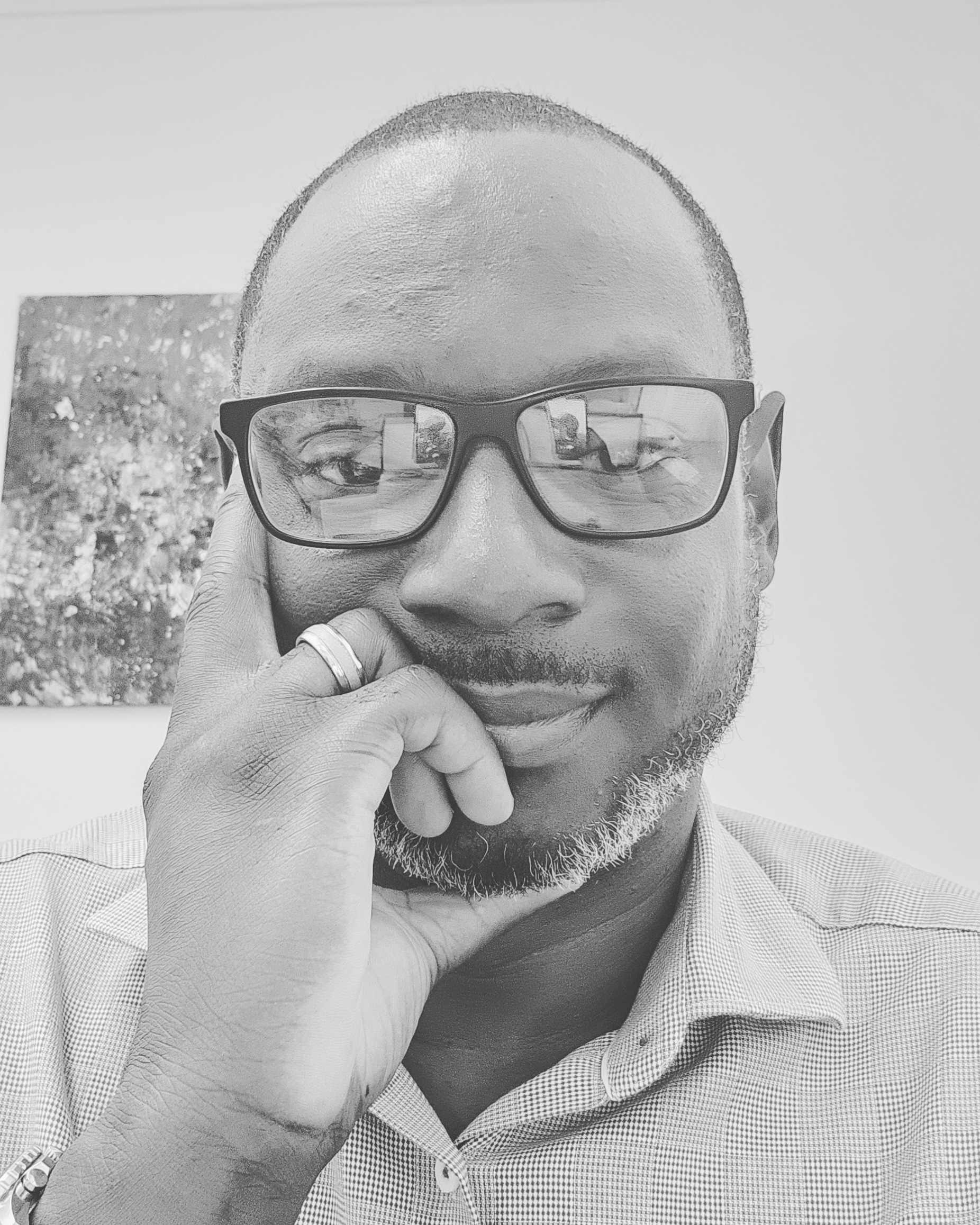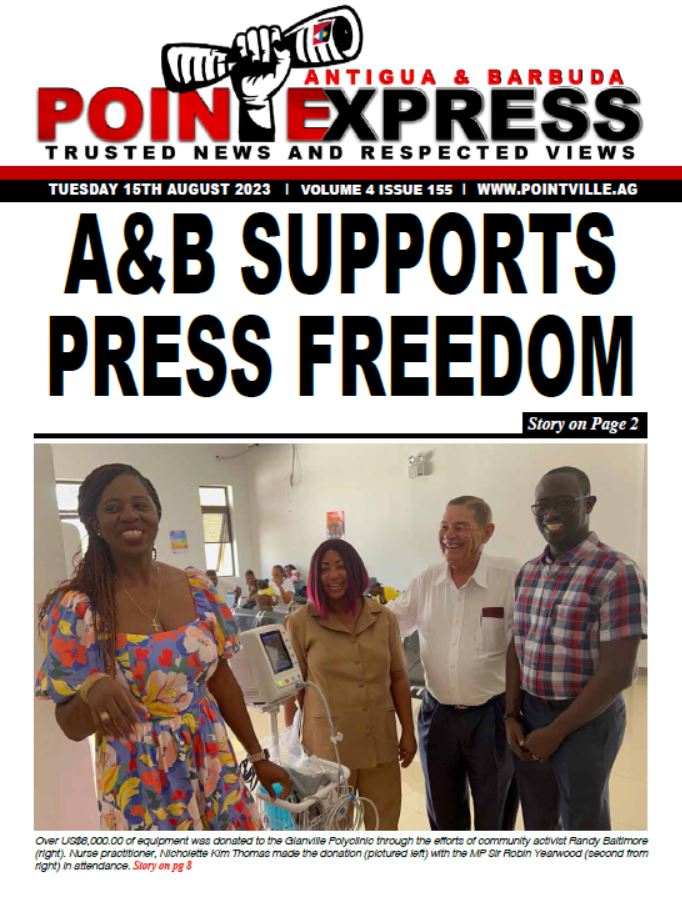The Social Model of Disability is a framework that was developed by people with disabilities for
people with disabilities. According to the Social Model, disability is not solely determined by an
individual’s physical, sensory, intellectual, or mental health differences. Instead, disability is
primarily caused by our society’s failure to reasonably accommodate and include individuals with
impairments. In other words, the Social Model emphasizes that disability is a social construct
rather than a personal deficit.
The Social Model originated from the disability rights movement and gained prominence in the
late 20th century. It highlights the importance of removing barriers (in societies like ours) and
creating an inclusive society that enables individuals with disabilities to participate fully and
equally in all aspects of life.
Principles of the Social Model of Disability include:
1. Disability is caused by social barriers
The model suggests that physical, attitudinal, and institutional barriers, such as
inaccessible buildings (many of which may be found in our local town and shopping
areas), discriminatory policies (for example, a wheelchair user is not employed, because
an employer thinks he/she may not be able to function effectively), negative attitudes
(verbal abuse), and lack of appropriate support services (i.e., lack of self-
sufficient/independent services) are the primary causes of disability.
2. Focus on removing barriers
Rather than attempting to fix individuals with disabilities, the focus is on identifying
and eliminating societal barriers that hinder their full participation and inclusion in
everyday activities. This involves:
making changes to the built environment by fixing pathways in our Caribbean cities so
that wheelchair users may traverse as non-disabled people do;
Improving the current infrastructure such as accessible parks, banks, and general places
of business;
enforcement of existing policies and the creation and implementation of new ones in line
with international standards.
changing social attitudes towards people with disabilities, through continued educational
programmes to bring about more awareness.
3. Equality
The Social Model advocates for equal rights and opportunities for people with
disabilities. It emphasizes the need for society to address systemic discrimination and the
promotion of social justice by ensuring equal access to education, employment,
healthcare, reasonable accommodation, transportation, and other essential services.
4. Empowerment, self-advocacy, and individual independence
The model promotes the empowerment of individuals with disabilities, encouraging them
to exercise their human rights to free speech, while challenging discrimination, and active
participation in decision-making processes. This will further promote the making of
independent choices that affect their lives and the overall improvement toward self-
sufficiency.
5. Language and the way we speak The Social Model encourages the use of person-first
language, which focuses on the individual rather than the individual's disability. For
example, instead of referring to an individual as a "disabled person," the social model
suggests that using "person with a disability" puts more emphasis on the idea that
disability is not the defining characteristic of an individual.
Lastly, the Social Model of Disability does not deny the existence of impairments or health
conditions but rather shifts the focus to the societal factors that create disability. It has been
influential in shaping disability policies, legislation, and advocacy efforts worldwide, promoting a
more inclusive and equitable society for people with disabilities.
Conclusion
The Social Model of Disability provides a powerful framework for understanding disability as a
social construct rather than an individual deficit. In highlighting the role of societal barriers and
attitudes, this model promotes empowerment and human rights for people with disabilities.
However, ongoing discussions, advocacy, community buy-in, and policy and legislative revisions
are necessary to ensure that the Social Model remains relevant and inclusive in addressing the
diverse experiences and needs of people with disabilities in different contexts.
I hope that with continued education and advocacy, the Organisation of Eastern Caribbean States
(OECS) and the wider Caribbean will, over a short time, change our way of thinking and how we
view persons with disabilities. The change starts with US.
Kwasi K Tonge, Ph.D.
Disability Researcher



